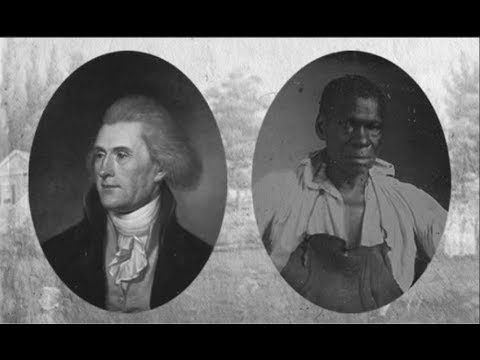Introduction:
The Netherlands, a nation renowned for its liberal values, booming multiculturalism, and progressive social policies, holds a customs that continues to divide public opinion both domestically and internationally: the tradition of blackface during Dutch holidays. For many years, individuals have voiced concerns about this controversial practice, arguing it perpetuates racial stereotypes and causes deep offense. However, defenders argue that it is an innocent tradition rooted in folklore with harmless intentions. In this article, we will explore both sides of the debate surrounding blackface in Dutch holidays.
Historical context:
The origins of Dutch blackface can be traced back to the 19th-century celebration of Sinterklaas (Saint Nicholas) on December 5th. Sinterklaas is accompanied by Zwarte Piet (Black Pete), his loyal servant adorned in traditional Moorish attire with a painted face often resembling exaggerated racial features. These depictions are argued to have derived from an amalgamation of historical influences including Renaissance-era moros y cristianos traditions (Moorish-style performances), 17th-century engravings, and theatrical characters.
Against Black Pete:
Critics argue that the character perpetuates racist stereotypes and dehumanizes black people. They highlight how Black Pete’s exaggerated physical features such as thick red lips, curly hair, dark skin color, and subservient role reinforce historical prejudices and echo old caricatures prevalent during colonial times. The use of blackface is seen as reviving painful memories from slavery and promoting a sense of otherness among black citizens.
Additionally, many individuals across Europe find the practice highly offensive due to cultural ignorance. Consequently, international organizations such as the United Nations Committee on the Elimination of Racial Discrimination have repeatedly criticized the Dutch government for not taking action against this discriminatory portrayal.
Defenders’ Perspective:
Supporters of the tradition argue it is not intended to be racist. They claim that Black Pete represents a mythical figure separate from race and is nothing more than a playful persona. Supporters often perceive the opposition as politically correct individuals scrutinizing innocent traditions for no good reason.
Moreover, some argue that efforts have been made over the years to adjust the character’s appearance, such as using soot smudges or rainbow colors instead of full-face black makeup. These modifications aim to evolve the tradition while preserving its essence.
Moving forward:
Recognizing the concerns surrounding blackface, many Dutch citizens are actively pushing for change. Recent years have seen movements demanding alterations to the portrayal of Black Pete, including replacing blackface with soot on faces or abandoning racial features altogether.
In response, a growing number of towns and cities across the Netherlands have been modifying their Sinterklaas celebrations by introducing “roetveeg Piet” (soot-covered Pete) or “rainbow Pete.” Such changes reflect an attempt to adapt traditions while respecting diversity in society.
Conclusion:
The debate surrounding blackface in Dutch holidays is multifaceted and emotionally charged. While some individuals argue that it is rooted in cultural folklore and should be preserved unchanged, others believe it perpetuates harmful stereotypes and reinforces racism. As society evolves, it becomes increasingly important to critically assess traditions with open dialogue, promote diversity, and find alternatives that match today’s multicultural ideals without alienating any group within society.





